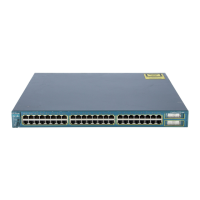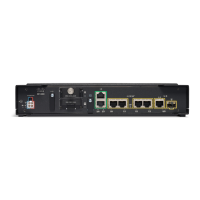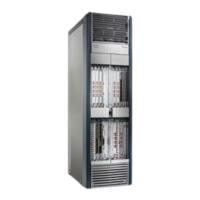1-17
Catalyst 3750-X and 3560-X Switch Software Configuration Guide
OL-25303-03
Chapter 1 Configuring QoS
Understanding QoS
Figure 1-10 Queueing and Scheduling Flowchart for Ingress Ports on Catalyst 3560-X Switches
Note SRR services the priority queue for its configured share before servicing the other queue.
The switch supports two configurable ingress queues, which are serviced by SRR in shared mode only.
Table 1-1 describes the queues.
90564
Read QoS label
(DSCP or CoS value).
Determine ingress queue
number, buffer allocation,
and WTD thresholds.
Are thresholds
being exceeded?
Queue the packet. Service
the queue according to
the SRR weights.
Send packet to
the internal ring.
Drop packet.
Start
Ye s
No
Table 1-1 Ingress Queue Types
Queue Type
1
1. The switch uses two nonconfigurable queues for traffic that is essential for proper network and stack operation.
Function
Normal User traffic that is considered to be normal priority. You can configure three different
thresholds to differentiate among the flows. You can use the mls qos srr-queue input
threshold, the mls qos srr-queue input dscp-map, and the mls qos srr-queue input
cos-map global configuration commands.
Expedite High-priority user traffic such as differentiated services (DF) expedited forwarding or
voice traffic. You can configure the bandwidth required for this traffic as a percentage
of the total traffic or total stack traffic on Catalyst 3750-X switches by using the mls
qos srr-queue input priority-queue global configuration command. The expedite queue
has guaranteed bandwidth.
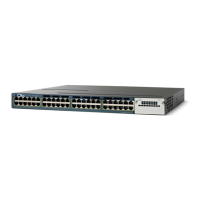
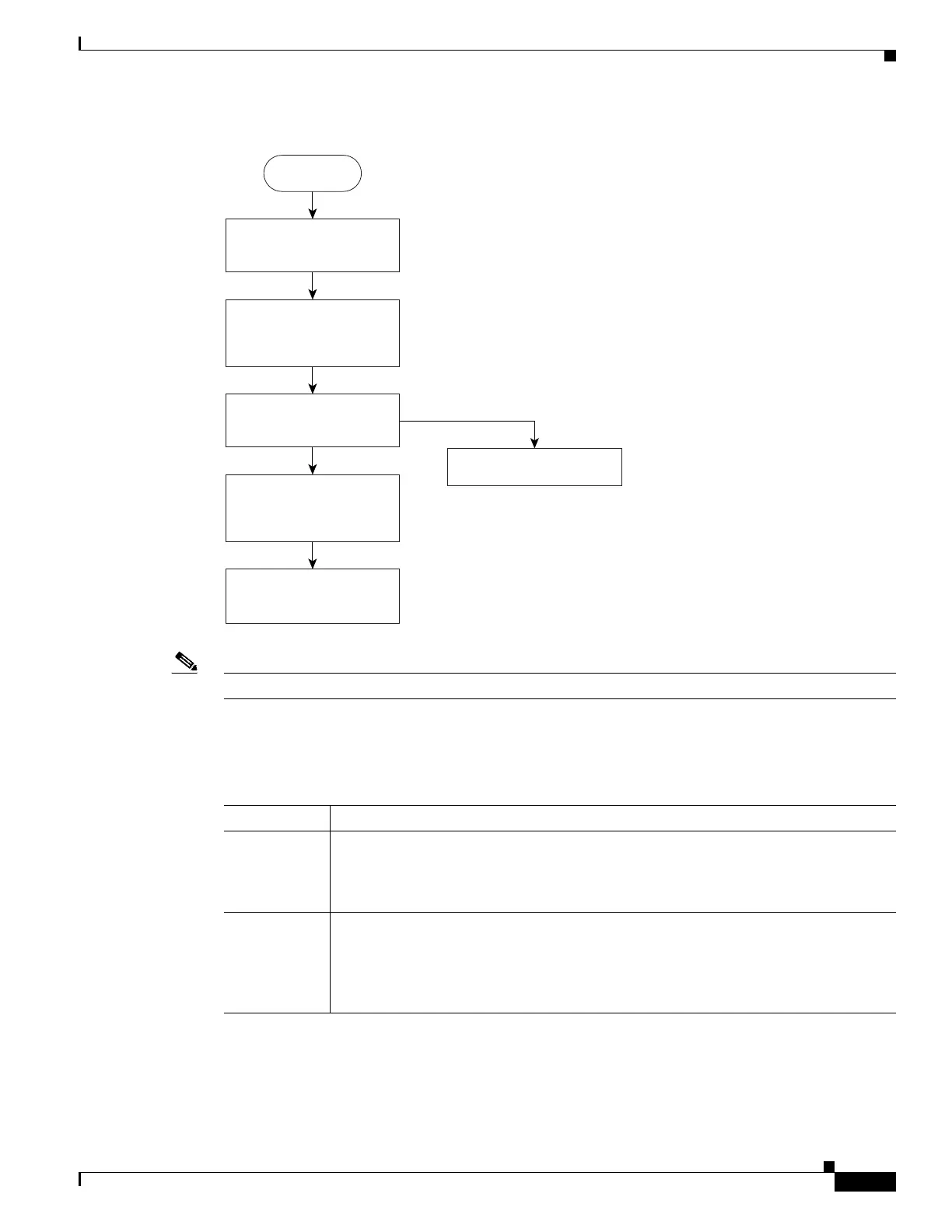